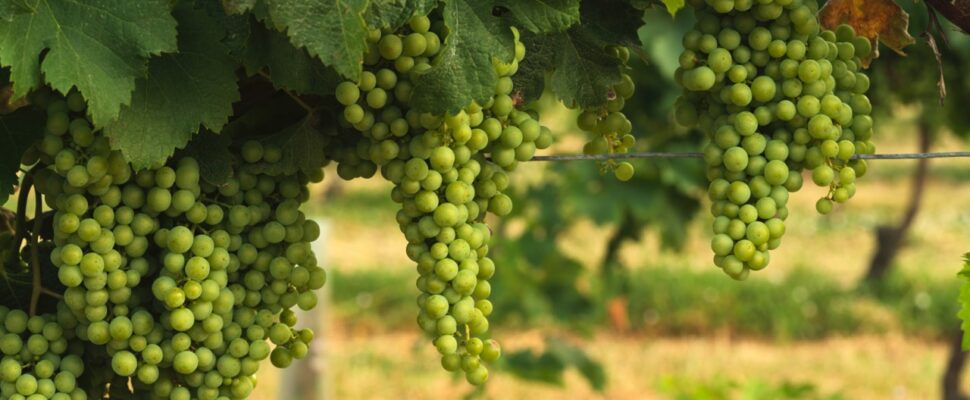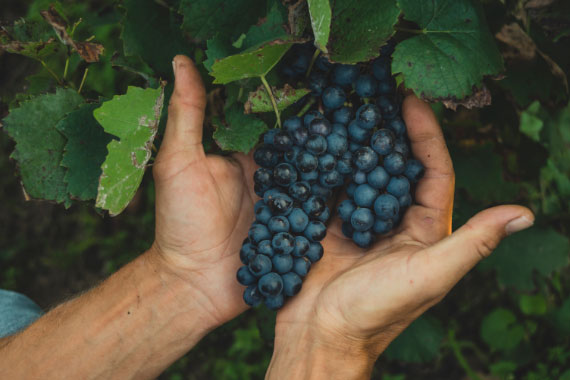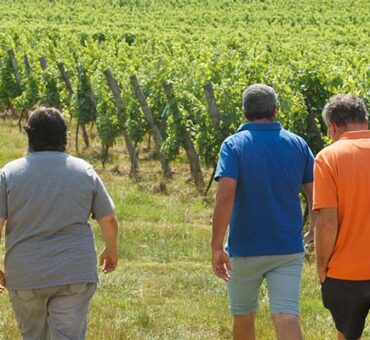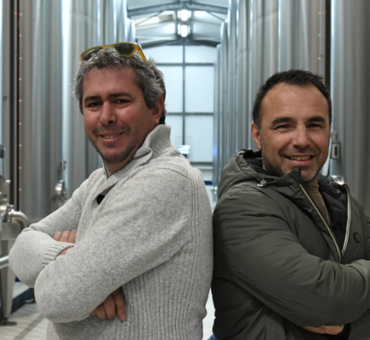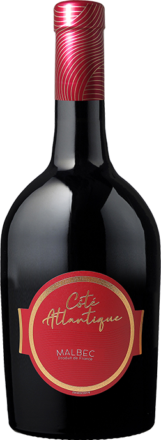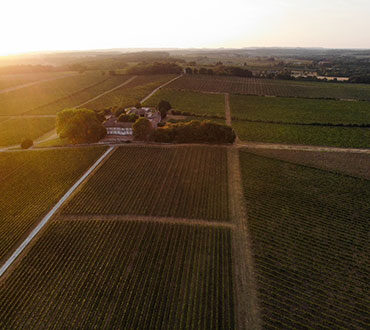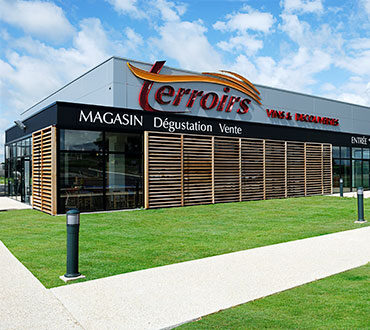Genesis of the HVE Label
The HVE Label was established in 2011 following the Grenelle Environment Talks, a series of discussions and negotiations addressing environmental issues in France. The aim was to find solutions to reduce agriculture’s impact on the environment while maintaining the sector’s competitiveness. In this context, the HVE Label was designed as a tool to encourage and recognize good environmental practices in agriculture.

The Label at Univitis
Currently, Univitis encompasses 1,417 hectares meeting HVE criteria, representing 84% of our area. Univitis aims to reach 100% in the near future. Some of our members hold both HVE certification along with Terra Vitis or Organic Agriculture certification, indicating the complementarity of these certifications. Each label has its specific criteria and details. For more information, visit our “Our commitments” section.
Levels of HVE Certification
The HVE Label has multiple levels, allowing farms to progress in their environmental approach:
Engagement in the HVE approach: This initial level involves an operator’s declaration of commitment to follow the HVE approach. It serves as an introductory step to raise awareness among farmers about environmental issues. It involves referencing and validating that the operation fits within the Label’s framework.
Access to certification: Certified HVE operations have demonstrated commitment to sustainability (i.e., achieving a combination of objectives and results measured through environmental performance indicators). By meeting these requirements, viticulturists gain the right to display the certification logo on their products.

How to obtain the HVE Label?
Certification is issued by accredited independent organizations based on four themes. For each theme, viticulturists receive a rating in “points.” The number of points varies according to the themes and criteria to meet label requirements.
At Univitis, our advisors act as internal referents with the Regional Chamber of Nouvelle-Aquitaine and assist our members in their HVE certification process through internal audits. External audits are then conducted by an independent body (AFNOR) to validate the files submitted during the audit period. To maintain the HVE label, viticulturists and referents must undergo annual audits. They are audited by an external body to verify their reliability and impartiality. This process is governed by the National Commission for Environmental Certification (CNCE).
The four evaluated themes are:
- Biodiversity inventory surrounding the plots:
Recording biodiversity around the plots involves documenting the varieties of living organisms and ecosystems coexisting with vineyards, following HVE label directives. To comply with label criteria, operations must promote the development of agro-ecological infrastructures around their lands. This includes elements such as ponds, hedges, wetlands, beehives, and agroecological infrastructures (AEIs). Each category must achieve an average point score to be compliant and certified HVE.
- Phytosanitary strategy:
This concerns how winegrowers manage pests, diseases, and weeds in their vineyards. It includes an assessment of the quantity of products used, calculated from the Treatment Frequency Index (TFI). The goal is to reduce this TFI using alternative practices such as the use of Herbanet while ensuring high-quality production. The choice of spraying tools like collector panels to limit drift during pesticide application is also taken into account to minimize the use of synthetic products.
- Fertilization management:
This involves how winegrowers fertilize their vines to promote growth and grape quality. Proper fertilization management ensures the vine’s nutritional needs are met without excess, which could lead to soil and water pollution. To avoid excess, vintners can use organic fertilizers and conduct soil analyses to determine precise nutrient requirements. Within our cooperative cellar, our winegrowers return their pruning wood to the plot and practice mowing to redistribute organic elements to their vineyards.
- Water resource management:
As our vineyard is mostly in Bordeaux, Bergerac, and Duras appellations, our members’ vines are not irrigated. Therefore, this criterion is not evaluated in our vineyard.
Advantages of the HVE Label
The presence of the logo enables consumers to identify products sourced from operations using more environmentally friendly practices. It also allows farmers to showcase their efforts.
- The framework imposed by the HVE Label contributes to regulating the use of alternative methods, phytosanitary products, and soil preservation. It also ensures that the agricultural operation has surrounding biodiversity in “natural areas.”*
- Product valorization: Consumers are increasingly concerned about environmental respect. To meet their expectations, major retail chains actively seek this label.Addressing global challenges: The HVE label aligns with the objective of reducing the use of phytosanitary products and employing alternatives to manage vineyard issues.

Are HVE wines better?
Only subjective tasting can define the quality of a wine. A label, regardless of its nature, does not guarantee the gustatory quality of a product but only ensures its production follows the label’s standards. Wine production processes are described in our vinification article.
The High Environmental Value Label represents a significant step toward more environmentally friendly agriculture. It encourages farmers to adopt sustainable practices while providing consumers with quality agricultural products that contribute to environmental preservation. It is a concrete illustration of how individual and collective commitment can create a more sustainable future for our planet. By supporting the HVE Label, we all contribute to protecting our environment and promoting more responsible agricultural production methods.
*Source: https://valsendo.com/pourquoi-lengouement-de-la-grande-distribution-pour-la-certification-hve/

